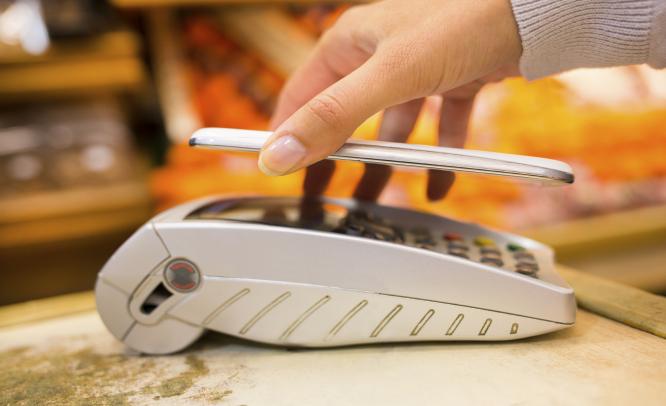Frost & Sullivan analyses key forces collapsing, disrupting and transforming the banking industry landscape
April 23, 2015: Over the past decade and a half, banks have had to contend with a dynamic business model landscape. Key forces, like ever changing customer experience requirements, regulatory adjustments, and the rapid development of technology are transforming the banking landscape as we know it.
“Banks that will carve the most market share are the ones that will be able to innovate and organise themselves around customers, as opposed to products and channels,” states Mark Simoncelli, Global Director for Growth Implementation Solutions at Frost & Sullivan. “Global GSMA data, for example, shows that 1 in 5 people in developed countries are using their mobile devices for money transfer. In developing countries, this increases to 2 in 5 people.”
Payment services are also evolving. Over 40 percent of Kenya’s GDP flows through MPESA, while Frost & Sullivan research globally shows that 2.5 billion adults do not have a formal bank account.
One of the reasons MPESA became successful was lack of regulation. Considering these statistics, the market is ripe for disruption from a Bitcoin like currency, especially in markets with minimal regulation. With a Bitcoin type currency, the deposits aren’t guaranteed by a central bank and are not protected by any legislation. In addition, any transfer made using the Bitcoin general ledger purpose, the Block Chain, is free. If you can combine that with a traditional method, like Apple Pay, and you can use your mobile and fingerprint, it certainly is possible to imagine a world where the need for financial institutions ceases to exist.
As the mobile banking market develops, joint ventures between financial service providers and mobile operators will dominate the market. A range of business models are emerging, reflecting not only diverse market conditions, but also the supply and demand features unique to specific regions.
“Financial service providers have to decide which forces are likely to shape and affect their business models at any given time. Sometimes two or more forces might be acting on a particular business model and, as a result, the bank might need to pursue multiple paths,” concludes Simoncelli
Profitable banking business models of today, and of the future, will need to address the impact of technology change, which ever-increasing consumer habits are fad and those that are long lasting, as well as which regulatory overhauls will come into effect as a result of the above mentioned trends.
Press Release


